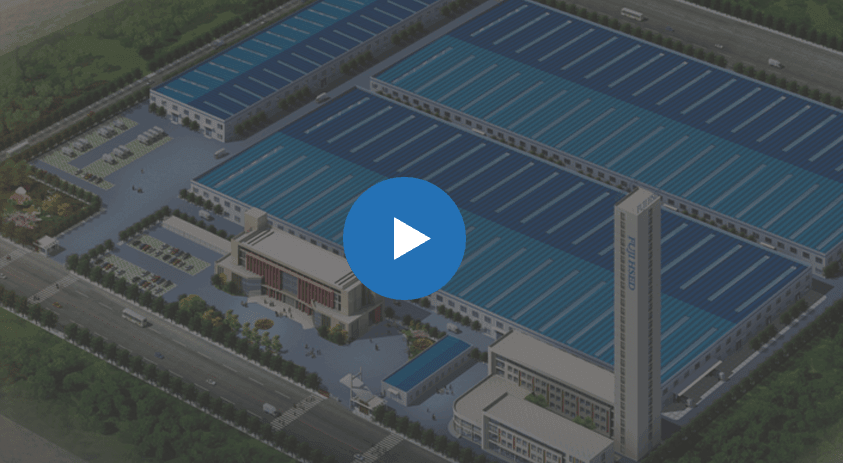1. Elevator panels: Elevator panels are the interior walls of the elevator cab, and can be made of materials such as wood, stainless steel, or glass. Elevator panels can be customized to match the décor of a building or to provide a specific look or feel.
2. Elevator fixtures: Elevator fixtures are the hardware components used in elevators, such as buttons, switches, and lighting. Elevator fixtures can be customized to match the style and finish of the elevator cab and to meet specific accessibility requirements.
3. Elevator signage: Elevator signage is used to provide directional and informational signs within the elevator cab, such as floor numbers, floor directories, and emergency instructions. Elevator signage can be customized to match the style and branding of a building and to meet specific accessibility requirements.
4. Elevator flooring: Elevator flooring is the material used for the floor of the elevator cab, and can be made of materials such as carpet, vinyl, or stone. Elevator flooring can be customized to match the décor of a building or to provide a specific look or feel.
5. Elevator controls: Elevator controls are the components used to operate the elevator, such as buttons, keypads, and displays. Elevator controls can be customized to match the style and functionality of the elevator and to meet specific accessibility requirements.
6. Emergency communication systems: Emergency communication systems are used to provide two-way communication between the elevator cab and the outside in the event of an emergency. These systems typically include a telephone, intercom, or alarm system, and are required by law in most countries.
These are some of the common elevator accessories that can be added to an elevator system to enhance its performance, safety, and appearance. The use of elevator accessories can help create a more enjoyable and accessible ride for passengers and can help building owners and managers meet specific functional and aesthetic requirements.
1. Check local codes and regulations: Before replacing any elevator accessory, it is important to check local codes and regulations to ensure that the replacement is in compliance with local safety requirements.
2. Consult the manufacturer: Before replacing an elevator accessory, it is recommended to consult the manufacturer for specific instructions and recommendations. The manufacturer may provide specific guidelines for replacement, including the proper tools and materials required, and the steps to follow to ensure proper installation.
3. Turn off the power: Before replacing an elevator accessory, it is important to turn off the power to the elevator system to prevent any electrical hazards during the replacement process.
4. Disconnect existing components: Before replacing an elevator accessory, it is important to disconnect the existing component, taking care to avoid damaging any wiring or connections.
5. Install new component: Follow the manufacturer's instructions to properly install the new elevator accessory. Take care to connect all wiring and connections, and secure the new component in place.
6. Test the accessory: After installing the new elevator accessory, it is important to test the accessory to ensure that it is functioning properly and that it is connected to the elevator system correctly.
7. Restart power: After testing the accessory, it is important to restart the power to the elevator system.
By following these steps, you can help ensure that the replacement of elevator accessories is performed correctly and safely and that the elevator system continues to operate as intended. If you are unsure about the process of replacing an elevator accessory, it is recommended to consult a professional technician for assistance.
What is the life span of each common elevator's accessories?
The life span of common
elevator accessories varies depending on a number of factors, including the quality of the components, the frequency and intensity of use, and the environment in which they are installed.
1. Elevator panels: Elevator panels can last for many years, depending on the quality of the materials used and the frequency and intensity of use. Stainless steel panels, for example, can last for several decades, while wood panels may need to be replaced more frequently due to wear and tear.
2. Elevator fixtures: Elevator fixtures, such as buttons, switches, and lighting, can last for several years, depending on the quality of the components and the frequency and intensity of use. Regular maintenance and cleaning can help extend the life of these components.
3. Elevator signage: Elevator signage, such as floor numbers and directories, can last for several years, depending on the quality of the materials used and the frequency and intensity of use. Signs made of durable materials, such as vinyl or plastic, may last longer than those made of paper or cardboard.
4. Elevator flooring: Elevator floorings, such as carpet, vinyl, or stone, can last for several years, depending on the quality of the materials used and the frequency and intensity of use. Regular cleaning and maintenance can help extend the life of elevator flooring.
5. Elevator controls: Elevator controls, such as buttons and displays, can last for several years, depending on the quality of the components and the frequency and intensity of use. Regular maintenance and cleaning can help extend the life of these components.
6. Emergency communication systems: Emergency communication systems, such as telephones and intercoms, can last for several years, depending on the quality of the components and the frequency and intensity of use. Regular maintenance and testing can help extend the life of these components.

 English
English 简体中文
简体中文 русский
русский Español
Español









